Seven Ways Remote Patient Monitoring Solutions Give You the Upper Hand
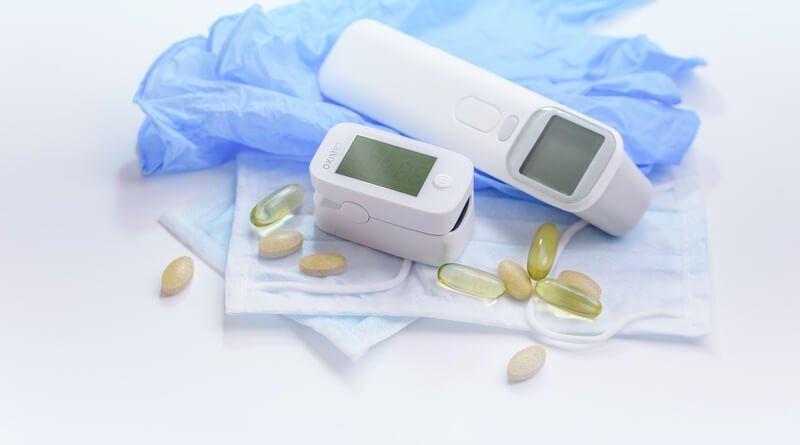
Healthcare is evolving.
Technology is changing the way we live and work, and that’s especially true in the medical field.
Remote patient monitoring devices and services make it easier than ever for patients to care for themselves while still getting the support they need from healthcare professionals.
Here are seven benefits of using remote patient monitoring devices and services.

What is Remote Patient Monitoring?
Remote patient monitoring (RPM) is the process of remotely monitoring a patient’s health status and collecting health data from them.
This can be achieved in various methods, such as using sensors to track vital signs or having patients report their symptoms.
Remote patient monitoring can be used to enhance patient care by providing clinicians with timely information about their patients’ health, which can help them make better treatment decisions.
It can also help patients stay healthy by allowing them to monitor their own health and receive feedback from clinicians.
How Does Remote Patient Monitoring Work?
There are various ways that remote patient monitoring can be used to collect data about a patient’s health.
One common method is using sensors to track vital signs, such as heart rate, blood pressure, and oxygen saturation levels.
Other methods include having patients report their own symptoms, using remote video consultations, or collecting data from devices that patients are already using, such as activity trackers or smartwatches.
Clinicians can access the remote patient monitoring data in various ways, including through secure websites, mobile apps, or dedicated remote patient monitoring devices.
Seven Ways Remote Patient Monitoring Solutions Give You the Upper Hand
Now that we know what remote patient monitoring is and how it works, let’s look at seven benefits of using remote patient monitoring devices and services.
Increased Patient Safety
One of the most essential benefits of remote patient monitoring is that it can help improve patient safety.
Remote patient monitoring devices and services allow clinicians to more quickly identify and address patient issues, which can help prevent serious health complications.
For example, if a patient’s vital signs suddenly start to fluctuate, remote patient monitoring can help alert clinicians so they can take action before the situation becomes worse.
Improved Clinician Efficiency
Another great benefit of remote patient monitoring is that it can help improve clinician efficiency.
Remote patient monitoring services and devices allow clinicians to see all of a patient’s health data in one place, making it easier to detect issues and make treatment decisions.
This can help clinicians save time by not having to track down information from multiple sources.
It can also help them provide better care for their patients by allowing them to focus on the individual instead of trying to manage a large number of patients at once.
Faster Treatment Decisions
Remote patient monitoring can help healthcare providers make treatment decisions more quickly.
This is because it allows them to get a real-time view of the patient’s health data, which can help them identify problems early on.
It also enables healthcare providers to develop a more detailed understanding of the patient’s condition, which can help them choose the most effective course of treatment.
Better Patient Engagement
When it comes to taking care of their health, many patients find it difficult to stay motivated. This is where remote patient monitoring devices and services can help.
Remote patient monitoring devices and services allow patients to track their own health data and see how they’re doing over time.
This can help patients stay engaged in their care and motivated to make healthy decisions and more easily communicate with clinicians about any issues they’re having.
Reduced Costs
Nowadays, healthcare is expensive, and not everyone can afford to see a doctor every time they need one.
Remote patient monitoring devices and services can help reduce costs by allowing patients to care for themselves.
This can save patients money by not having to go to the doctor as often, and it can also help healthcare providers save money by reducing the need for in-person visits.
Improved Care Coordination
Care coordination ensures that all the different parts of a patient’s care work together seamlessly.
This is especially important for patients with chronic conditions, who often see multiple specialists and require medication from different pharmacies.
Remote patient monitoring can help improve care coordination by giving healthcare providers real-time access to the patient’s health data.
This allows them to identify potential problems early and intervene before the patient’s condition deteriorates.
Improved Quality of Life
Remote patient monitoring can also improve the quality of life for patients with chronic conditions.
It allows them to stay connected to their healthcare providers, receive regular updates on their health status, and get access to educational materials and support groups that can help them cope with their illness.
In addition, remote patient monitoring can provide patients with more independence by allowing them to manage their own care.
Improve Your Health by Using Remote Patient Monitoring Devices and Services
Remote patient monitoring companies are changing the lives of patients and healthcare providers around the world.
By using remote patient monitoring devices and services, patients can get the care they need while staying comfortable in their own homes.

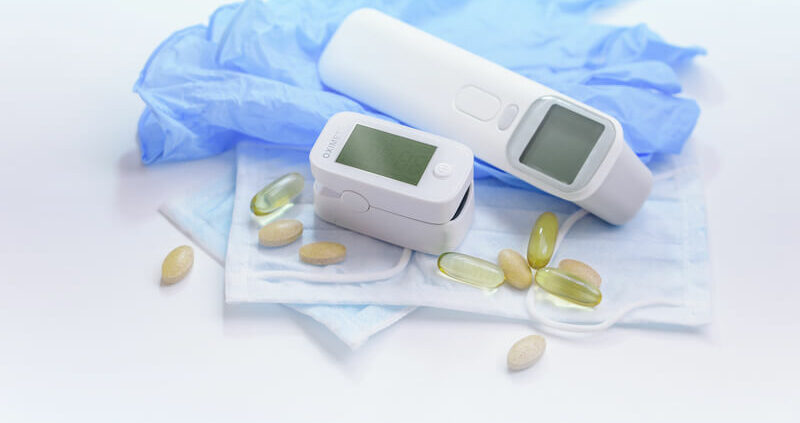
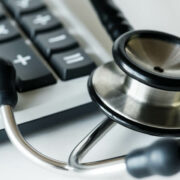
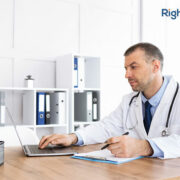
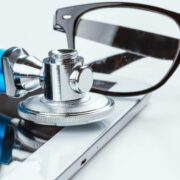
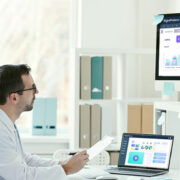



Leave a Reply
Want to join the discussion?Feel free to contribute!